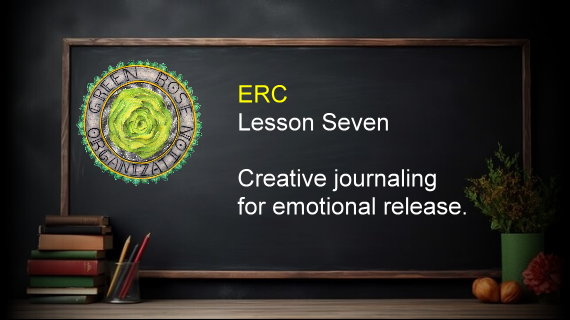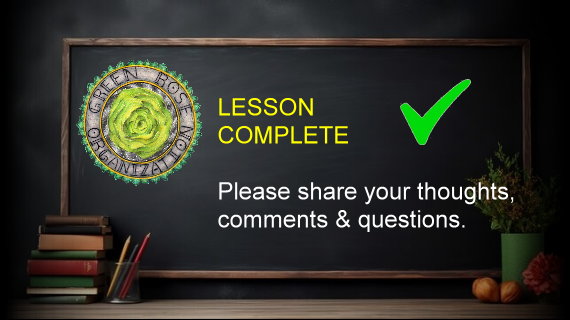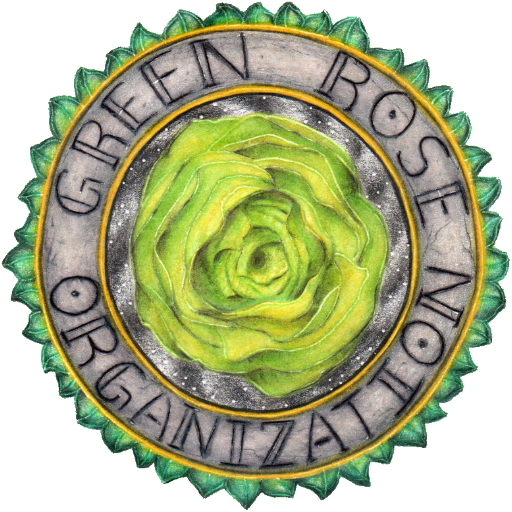
CREATIVE JOURNALING FOR EMOTIONAL RELEASE
6 STEPS TO BEING CREATIVE JOURNALING FOR EMOTIONAL RELEASE AND REGULATION
Creative journaling is an excellent way to process emotions, regulate your feelings, and foster self-awareness. Here’s how to begin effectively: 1. Set the Stage—Choose Your Tools: Find a journal or notebook that feels inviting to use. Consider colorful pens, markers, or even art supplies if you’d like to include drawings or collages. Create a Comfortable Space: Find a quiet and safe environment where you feel relaxed. A clutter-free space helps focus on the journaling process. Establish Time for Journaling: Dedicate a specific time in your day to write. Even 10–15 minutes can have a meaningful impact. 2. Start With Self-Reflection Prompts—Use prompts to guide your creative journaling: “How am I feeling today?” (Label your emotions with detail.) “What’s been on my mind lately?” (Stream-of-consciousness writing is a great start.) “What do I need right now?” (Explore unmet needs or desires.) “What brings me joy, comfort, or relief?” (Focus on positivity to balance emotions.) “What colors, shapes, or images represent how I feel?” (For visual thinkers.) 3. Blend Creativity Into Your Writing—Make your journaling practice as expressive as possible: Doodles and Sketches: Draw abstract shapes, symbols, or even quick sketches that represent your mood. Collage or Scrapbooking: Include magazine clippings, photographs, or mementos to visually capture emotions. Poetry or Song Lyrics: If words feel too direct, try expressing emotions through creative writing forms like poems. Mind Maps: Use diagrams to explore how different feelings and thoughts are connected. 4. Practice Emotional Exploration Techniques—Here are ways to process emotions effectively within your journaling: Describe the Emotion: Write about where you feel it in your body, what it reminds you of, and how intense it is. Ask Open-Ended Questions: For example, “What is this emotion trying to tell me?” Reframe Experiences: Challenge yourself to find lessons or opportunities for growth in what you’re feeling. Create an Imaginary Dialogue: Write a conversation between your current self and your emotions, or even between parts of yourself (e.g., your inner critic and inner nurturer). 5. Emphasize Gratitude and Resolution—Balance emotional exploration with gratitude and a focus on closure: Gratitude Practice: End with three things you’re grateful for. This shifts your focus to positive emotions. Set an Intention: Write a small, achievable goal related to emotional care (e.g., “Tomorrow, I will prioritize self-compassion.”). Reflect on Progress: Periodically revisit past entries to notice patterns, growth, or recurring emotions. 6. Develop Consistency and Flexibility—Daily or Weekly Practice: Start with a regular schedule to integrate journaling into your routine. Adapt to Your Needs: If one method feels limiting, experiment with others—there’s no “wrong” way to journal creatively. Final Thoughts—Creative journaling is a deeply personal process, so allow yourself the freedom to explore and adapt as needed. Over time, it can become a powerful tool for emotional regulation and self-discovery.

